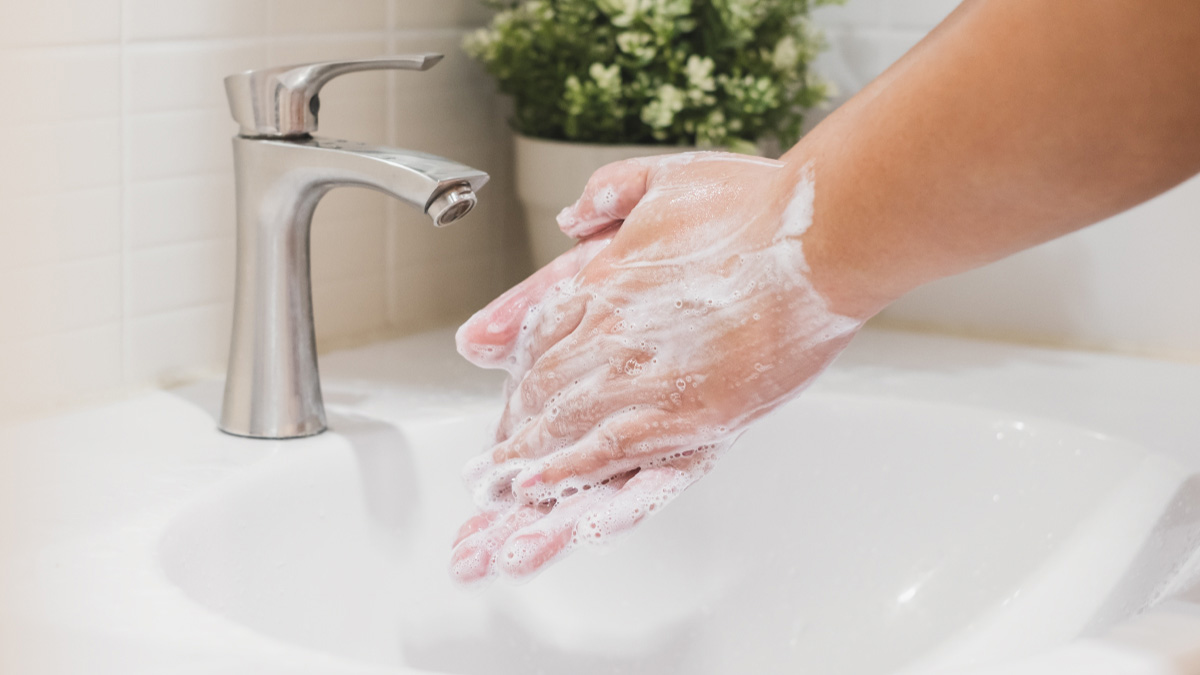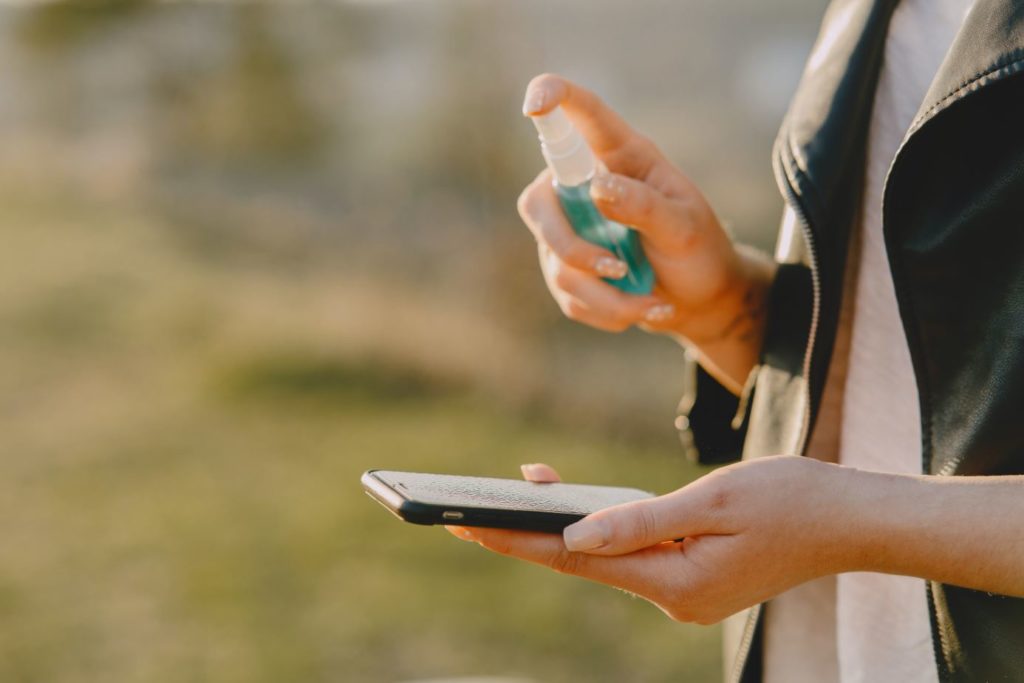
Flu season might be wrapping up, but that doesn’t mean we should let our guard down. Disease prevention is an integral part of healthy living, and we all know that handwashing is a massive factor in disease prevention. Many people, however, can’t say exactly why.
Today, we set out to answer that question: how does handwashing, and more broadly, hand hygiene, kill germs and viruses?
The History of Handwashing
First, let’s look at how the importance of hand hygiene to health was discovered.
In today’s world, it would be unthinkable for a doctor to perform an autopsy and then deliver a baby without washing hands between. However, in the 1840s, this was common practice. A Hungarian doctor named Ignaz Semmelweis realized that one maternity ward had between two and three times as many deaths from childbed fever as a neighboring maternity ward.
The difference? The first ward was staffed by medical students, and the other by midwives in training. The medical students would perform autopsies as part of their studies. The midwives did not. As a result, the medical students were spreading childbed fever from deceased mothers to the living mothers, while the midwives had little contact with the disease.
After this finding, Semmelweis instituted a new procedure in the first ward: all doctors had to rinse their hands in antiseptic before examining patients. The results were immediate – the rate of deaths in the ward fell from 18 percent of mothers to just over 1 percent.
How Handwashing Works
Fortunately, in the two centuries since Semmelweis’s experiment, our society has come to a much better understanding of how handwashing kills germs. We have also identified two methods of hand hygiene.
Hand Sanitizer
This is the method that Semmelweis employed, using a solution of chlorinated lime.
Hand sanitizer works by applying a germicidal agent to the skin to kill germs. There are two kinds of hand sanitizers: alcohol-free and alcohol-based. In the case of alcohol-based hand sanitizer, alcohol is the germicidal agent. When alcohol in a concentration of 60 percent or higher comes in contact with a protein, it unravels the protein in a process called denaturing. Denaturing proteins disrupts metabolism and causes cells to break apart, effectively killing pathogens.
Alcohol-free hand sanitizers rely on other chemicals for the same purpose. For example, benzalkonium chloride, or BAC, is used in some alcohol-free hand sanitizers.
Currently, alcohol-based hand sanitizers are the more effective of the two. Alcohol-based hand sanitizers can kill more varieties and a larger quantity of germs.
Soap and Water Handwashing
Hand sanitizer is useful, but it has its limits. For example, some germs are resistant to hand sanitizer and need further measures to be killed. Hand sanitizer also doesn’t really work on heavily soiled hands, such as hands dirtied from preparing raw meat.
That’s why handwashing is now the preferred method of hand hygiene.
When you wash your hands, you are physically removing germs from your skin. This is achieved by rubbing the hands together under running water. Rubbing your hands loosens dirt and microbes while running water washes them away.
While some germs sit on the very top of your skin, even more can be found in the natural oils produced by your skin. Water and oil repel each other, so washing with just water won’t touch these embedded microbes. That’s why you need to wash with soap. Soap binds to these oils, and at the same time, it binds to water. These bindings allow soap to lift the oils (and the attached microbes) off your skin to be carried down the sink drain.
As such, in the case of handwashing, the “killing” of germs isn’t quite literal. Washing with soap and water “kills” disease by preventing germs and viruses from infecting people. It’s for this reason that handwashing is the most effective form of hand hygiene. While some diseases can survive germicides, no type of disease can resist being swept away by soap and water.
The Right Way to Wash Your Hands
Both hand sanitizer and washing with soap and water have certain steps that need to be followed to be effective. With hand sanitizer, the directions may vary by product and will be written on the product label. Conversely, handwashing techniques are universal. The CDC outlines the most effective technique for handwashing:
- Wet your hands: Turn on the faucet and wet your hands under the running water. Standing water is better than no water at all, but running water is preferred. This is because standing water carries a risk of recontamination, as germs can collect in the water.
- Lather up: Get some soap and rub your hands together to lather it into a foam. Rub all parts of your hands and your wrists with soap to make sure you’re removing germs from all areas.
- Scrub and hum a tune: Now that the soap is lathered and applied to your hands, you need to continue scrubbing for at least twenty seconds. Make sure you scrub your palms, the back of your hands, between your fingers, and under your nails. To ensure that you continue scrubbing for twenty seconds, the CDC recommends singing “Happy Birthday” twice in a row.
- Rinse in water: Remove the soap from your hands with water. The soap will carry dirt and microbes away with it, leaving your hands squeaky clean!
- Dry off: The CDC states that germs are more easily transferred to wet hands than dry hands, so grab a towel and dry off. If you don’t have a towel available, you can also air-dry your hands.
Where Does Hand Sanitizer Fit In?
Handwashing is more effective, but hand sanitizer still has a time and place. If you are unable to use soap and water, hand sanitizer is a great substitute and should be used instead. For example, if you’re planning to go hiking this spring, tuck a bottle of hand sanitizer into your bag before you go. Then you can practice good hand hygiene and wash up before you have a picnic lunch.
Thoughts from USHEALTH Group
Hand hygiene is an integral part of maintaining your health. The history of handwashing underlines just what a difference practicing good hand hygiene can make. Hand sanitizer kills some germs, but handwashing removes them more effectively. Stay healthy in the last days of the flu season. Make sure you practice good hand hygiene by washing your hands with soap and water for twenty seconds!
Handwashing isn’t the only healthy habit you should have. Read our suggestions for healthy morning habits!
